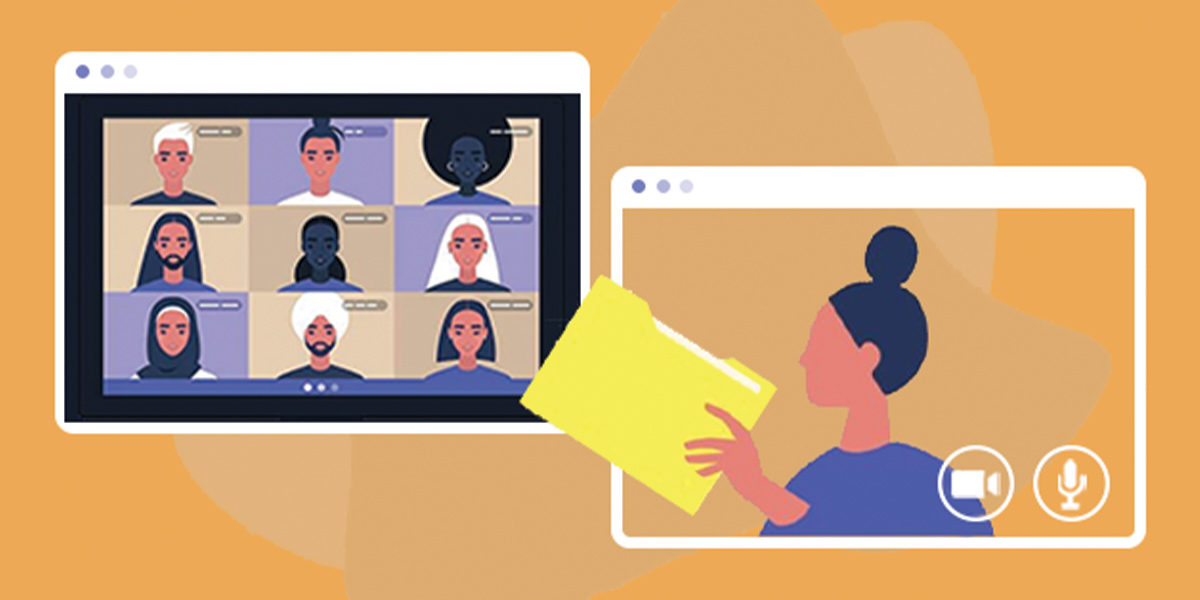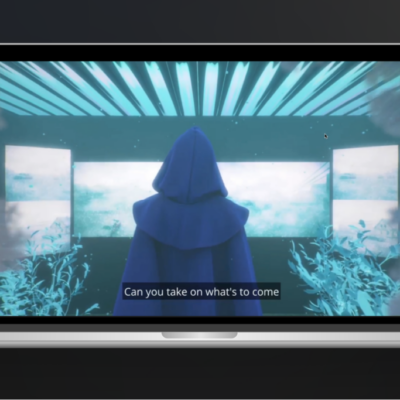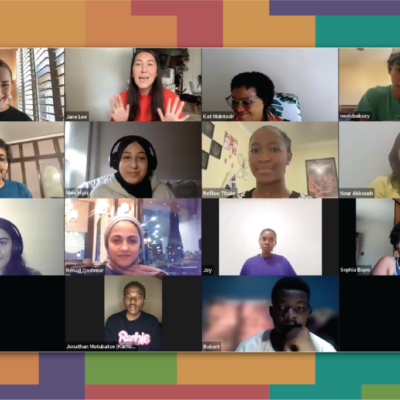
Three Ways to Prepare a Supportive Online or Remote Environment
With education's shift to online learning environments, holding space for connection and authentic teen engagement is vital.
As in-person classrooms shift to virtual spaces like Zoom, we're experimenting with how to support closeness and authentic teen engagement in a remote learning environment. Here's a glimpse at what we've learned so far.
Whether you're in virtual spaces with teens or in person, creating and holding a supportive space is key to generating a sense of safety and promoting engagement and authenticity.
If you're an educator, by now, you've probably forayed into the world of remote learning, and perhaps you're feeling a little shaken by slow progress, chaos, reluctant participation, Zoombombing, or (hopefully not!) all of those things.
At iThrive, holding space for authentic teen engagement is integral to each of our initiatives, whether it's playtesting a new educational simulation, piloting a game-based learning curriculum, or hosting Game Design Studio. As so many educational outreach efforts move online, we're experimenting with how to support closeness and authenticity in this new format.
There are a few things we know to be true about creating a warm, supportive environment in person, and we are translating these into the virtual spaces we're in. We believe these elements are going to be key to successfully holding space in these formats. As we go through our own process of trial and error, we'll be reflecting on how these informed hunches play out. To connect authentically with teens, we are finding that it takes tending to your inner world, tending to your relationships, and tending to the space itself.
1. Show up for yourself before showing up on screen.
We can't stress enough the critical importance of educators' self-care. We have found that you can't show up in authentic connection without attending to your own emotions first. Your emotional state sets the tone for your students. So, how are you doing? Do you feel ready to hold space for your students? If not, what do you need to do in the 20 minutes before the call to be ready? Take time to attend to yourself before initiating a remote learning environment so you can show up from a place of calm and presence. And, if you are grappling with your own difficult emotions, let that center you in a place of empathy and vulnerability so you can make space for students who may be confronting their own.
Here are some ideas that can support you in doing this:
- Try this five-minute writing exercise called Clearing the Pipes — one of many ways to attend to emotions in a way that helps free up your attention for the present moment.
- Set a timer for one minute, close your eyes, and just breathe, making time to notice how you're feeling.
- Take out a piece of paper and free-write for a minute, letting yourself write or draw whatever thoughts or emotions cross your mind.
2. Interrupt and remake virtual norms.
How do you create more closeness in a remote learning environment? Zoom and similar video conferencing services were used primarily (until now) for professional interactions, so they can transmit a "buttoned-up" ethos. We need to think outside the Zoom box to help increase connection. Consider inviting teens to break out of the headshot format by introducing opportunities to stand or move. Allow people to share their environment as they see fit, deciding how much to reveal and share of themselves and their home life. Or, get rid of talking head video chats by using Zoom to share a homemade video where participants show learning in fun, accessible ways. For example, you could try incorporating media ideas from popular social media challenges, such as the #DontRush Challenge used to help students transform into literary characters or historical figures.
Also, keep in mind that Zoom can feel exhausting. The pressure to show up polished on video when we may be feeling less than camera-ready is affecting both youth and adults. Issues of identity around race, class, and gender also affect students' willingness to participate in video classes. Consider video calls without the video, where people can use memes, baby photos, or even a photo of the day as their avatar, creating a visual representation without the pressure to look okay on Zoom when we may be feeling anything but okay. Whatever new norms you decide on, make sure that teens are co-creators of the shared space.
Here are some ideas that can support you in doing this:
- Consider a camera-off option for your call to ward off Zoom fatigue.
- In your check-in, invite students to move; it can help create a more informal and relaxed space for connection.
- Invite students to contribute to group norms by sharing their ideas.
3. Prioritize the space before the content.
Research into computer-mediated communication shows that more time is needed to reach the same level of connection attained in an in-person setting. Time is key to growing student engagement in remote learning. It can be uncomfortable to feel you're slowing the pace of learning by remaking norms and attending to feelings, but the truth is that intentionally leaving spaciousness for emotional connection supercharges learning. By slowing down and authentically connecting before pushing forward on content, you're sending the signal that the space you're co-creating is a safe one in which to share, question, be vulnerable, and make mistakes — all vital components of the learning process. Trust that by seemingly slowing down now to reset the space, you're guaranteeing better engagement. Since video interactions can fatigue our brains in ways in-person ones do not, a general rule of thumb is to take what you had planned for in-person engagement and to cut it by half; that will get you closer to what's realistic to accomplish in a remote learning environment.
Here are some ideas that can support you in doing this:
- Leave space for silence.
- Think 'less is more' for your online lessons.
- Allow the time together to be spacious.
We're here alongside educators, trying to not just survive this time but to create new and fresh ways of connecting that can enrich our interactions with teens now and for the future. We commit to sharing what we learn as we experiment, so please, stay tuned and stay connected.

